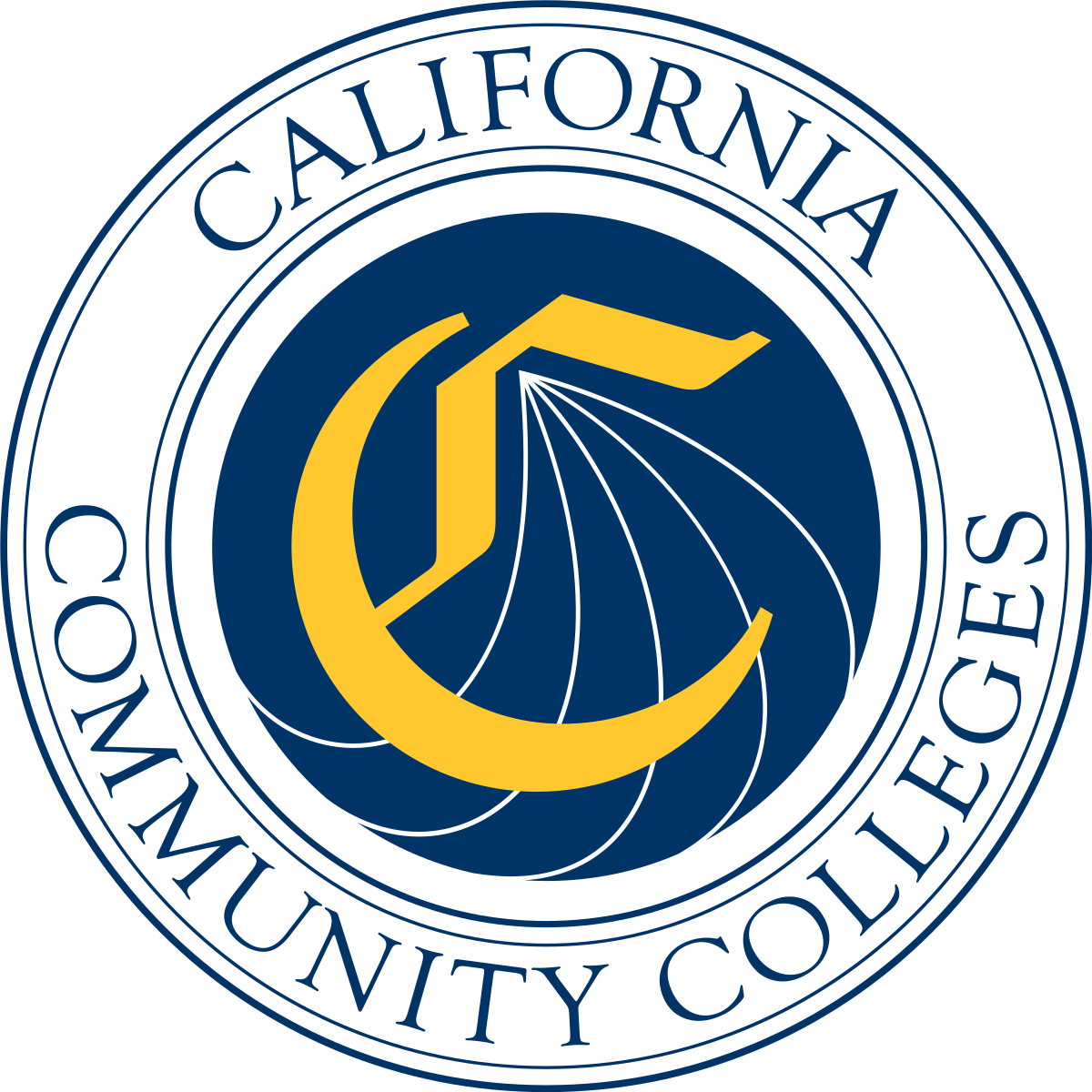ADVERTORIAL
In today’s complex economy, workers increasingly need training beyond high school to land good-paying jobs. Some workers get these skills right after high school, while others need some time to figure out which career path is right for them. Others might make a career change later in life in order to provide a better life for their children.
Whatever one’s path, the California Community Colleges system offers hands-on career education programs to help people get the right skills to land a good job.
“Not everyone reaches their career goals via the same path,” said California Community Colleges Chancellor Eloy Ortiz Oakley. “Our students come from all walks of life and backgrounds, and our system prides itself on being one of access and inclusion for all Californians.”
The California Community Colleges system has launched a statewide effort to help students achieve their career goals. With its Career Education Campaign, the California Community Colleges system aims to educate all Californians, including Blacks and Latinos, about the career training programs available through California’s community colleges.
Chancellor Oakley’s office is actively working to increase Black student enrollment in its career education programs. The California Community Colleges system is bringing its Career Education campaign to black students throughout the state. The chancellor has also appointed a statewide Black Advisory Panel that is helping raise awareness about career education among prospective students and making recommendations on how to help them successfully complete their programs.
Cassandra H.B. Jennings, CEO of the Greater Sacramento Urban League, serves as co-chair of the Black Advisory Panel.
“Quality career training is a great way for people to boost their life-long earning potential and find meaningful careers,” said Ms. Jennings. “The California Community Colleges system is working hard to educate potential black students about its many hands-on career training programs.”
The California Community Colleges system operates 114 campuses throughout the state – offering many ways for students to achieve their education and career goals. Students in communities across California are pursuing certificates, degrees, and acquiring basic reading and math skills to prepare for careers. Career training programs are taught by instructors with industry experience, and students get the hands-on training needed to land good-paying jobs.
Today, in community college classrooms around the state, students are studying to become technicians, electricians, biotech workers, graphic designers, welders, computer programmers and more.
California’s community colleges work with local communities, and local businesses leaders, to decide which career training programs are most needed. This means students graduate with skills that local businesses want. Community colleges up and down the state focus their programs on industries that are most active in that region, whether it be agriculture, biotech, healthcare or manufacturing.
Community college is a smart investment. On average, a career education graduate from a California community college boosts their income by 34 percent.
Financial aid is available year-round to cover the cost of fees, books, supplies and sometimes even help with the rent. Many financial aid options exist for California community college students, including federal grants, state grants, local College Promise partnerships and the California College Promise Grant (formally the Board of Governor’s Fee Waiver).
“Our doors are open to all students,” said Chancellor Oakley. “California’s community colleges stand for affordability, inclusion and access for all students – no matter their income level, background, age, ethnicity, or even immigration status.”
For more information about career education programs at California’s community colleges visit CaliforniaCareerEducation.com.
For a comprehensive list of different types of financial aid available to students enrolled in a California community college, visit icanaffordcollege.com.







